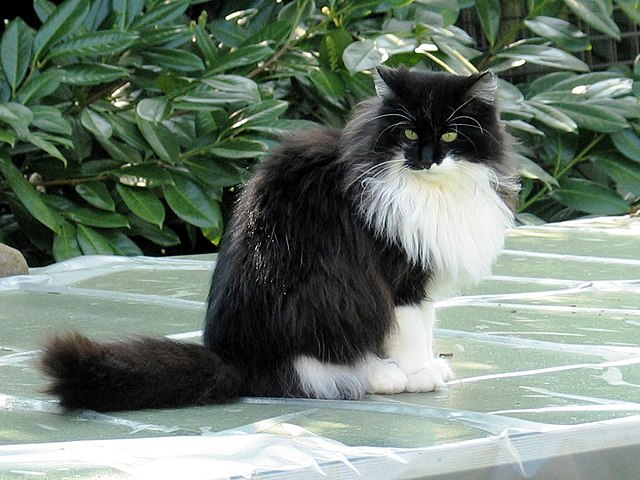Natural number
[TODO this page is going to be deleted. See multitude instead]
A natural number or whole quantity is the concept which measures multitude. [TODO other definition below]
Natural number is a second-level concept. To arrive at this concept, one must first arrive at some of the first-level concepts which it subsumes, like 1, 2, 3, 4, etc., as well as some of the related concepts which it doesn't subsume, like 1/2, 7/12, 3.14, etc. [TODO wut does first lvl concept mean? cuz to arrive at "2" u kinda sorta need a concept of counting? or do u] [TODO why even include this nonsense?]
It is intuitively clear what 1, 2, 3, 4, etc. refer to in reality. 2 refers to sets of two entities. 3 refers to sets of three entities, etc. (see §Examples if confused). However, this will not suffice as a definition, because it is self-referential. The definitions of those concepts are surprisingly sophisticated, and will be developed below.
Successorship
For one word B to be a successor to another word A means that in some context, one is supposed to say B after one says A. [TODO this definition is not general enough]
Examples
In a context where one is singing a scale in the solfège system (do, re, mi, fa, so, la, ti, do), the successor to "fa" is "so".
In a context where one is counting some multitude, the successor to "one hundred seventeen" is "one hundred eighteen."
In a context where one is dealing with the Greek alphabet, the successor to ζ is η.
Counting
Counting is a method to measure multitudes by means of perceptual symbols. [TODO I don't think that this definition fits all my examples.] [TODO potential hierarchy issue; what if counting is more fundamental than measurement? no nvm it can't be because of implicit measurements. ] [ TODO the result of a count is a conceptual identification, not just a perceptual symbol]
Counting is the method of identifying multitudes by means of numbers considered in succession. [TODO yuck]
One may count a set S. To do so divide it into two sets, a set of things which have been counted (initially empty) and a set of things which haven't (initially all of S). Keep track of a number, initially zero, and one by one, take a thing out of the latter set and put it into the former set. Each time you move something from one set to the other, augment the number by one.
Examples
An ordered set of things [todo not the right precursor; ordering gives u a division] can be counted by pointing at each of them, one after another, and saying a particular (natural) number out loud each time you do so. The numbers which are said should follow the rules that the first number said is "one", and the number stated after one states "X" is "Y", where Y=X+1.
Things can be counted in a similar way by using numbers in base 2, base 16, strings of letters of the alphabet, etc.
Tally marks are a nice way to count things in some situations. [TODO strictly speaking, maybe I'll want to say that this is tracking or something rather than counting.]
A very primitive man might make use of a unary counting procedure, where he counts things by scratching marks on a clay tablet. This would certainly be much less practical than modern ways of counting, but it's better than nothing: it still records some information and has some use.
Small multitudes can be counted on one's fingers.
Some things can be counted using negative numbers. For example consider the following procedure, where the sifference between the number of things present in two groups is said out loud (and where the first row happens first, then the second row, etc):
| Contents of group 1 | Contents of group 2 | The thing to say while counting |
|---|---|---|
| ♣♣♣♣ | ♦ | "three" |
| ♣♣♣ | ♣♦ | "one" |
| ♣♣ | ♣♣♦ | "negative one" |
| ♣ | ♣♣♣♦ | "negative three" |
| ♣♣♣♣♦ | "negative five" |
cool, right?
1, 2, 3, 4, etc.
We may now finally give definitions of the individual numbers
1, or one, is a synonym for the concept of a unit. [TODO it's a little bit different. It's differentiated from 2 and stuff. It's like the multitude of a unit.]
2, or two, is the multitude succeeding 1 in the counting algorithm.
3, or three, is the multitude succeeding 2 in the counting algorithm.
4, or four, is the multitude succeeding 3 in the counting algorithm.
Etc.
I will now explain why I deem successorship to be the essential characteristic of these numbers.[TODO]
Examples
-
1 cat.
-
4 engines.
NNs
A natural number is a multitude that can be identified by means of counting. The concept natural number is sometimes denoted by the symbol .
[TODO wut abt 10^10^10 tho? u couldn't count that one by one. maybe by count I mean something broader. enumerate? hm well another process that produces a natural number is addition. But you don't have to literally count things there.]
Natural number is not the same concept as multitude, though they are closely related. The set of books on my bookshelf has multitude. [TODO cardinality?]
Addition
To add two natural numbers and is to regard the multitudes to which they refer as a single set. [TODO no. That's disjoint union. Addition is The number measuring the resulting multitude may be denoted as .
This is another way of thinking about a disjoint union of sets.
Multiplication
To multiply two natural numbers and is to add to itself times. The number measuring the resulting multitude may be denoted as or . One always obtains the same quantity by adding to itself times, or in other words, it is always the case that .
This is another way of thinking about a cartesian product of sets.
Primes
A natural number is prime if it cannot be factored nontrivially.








